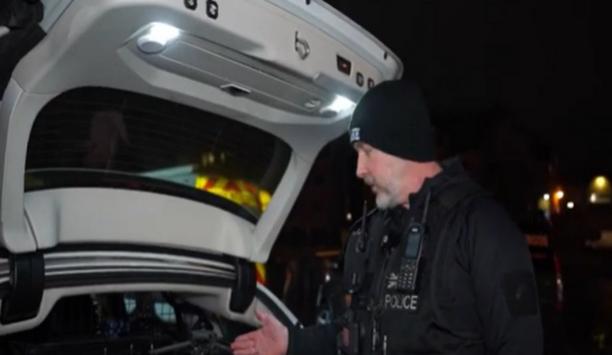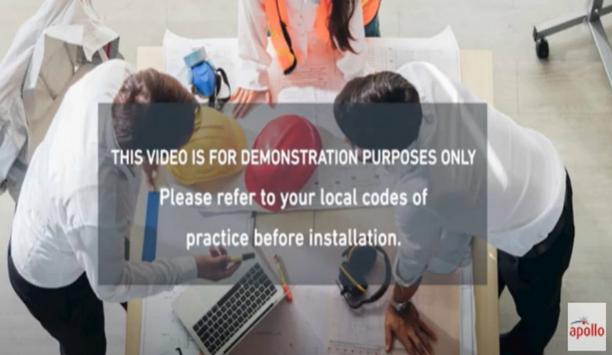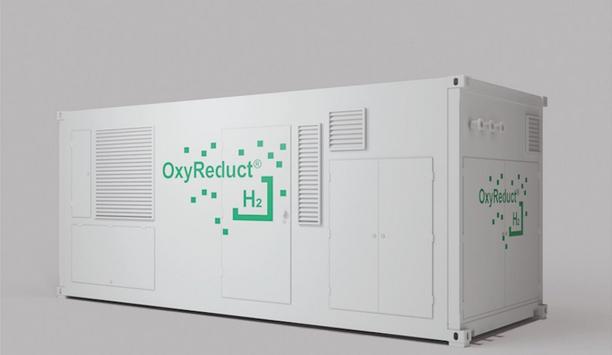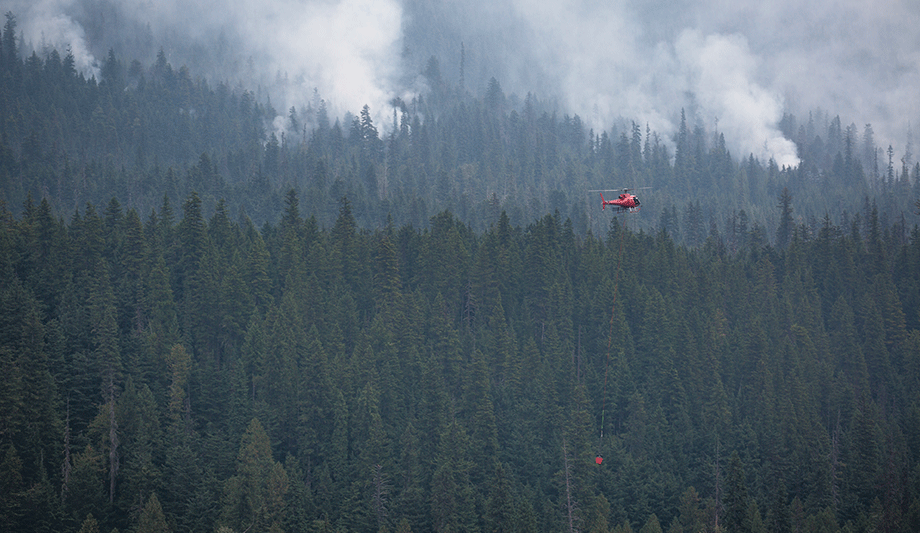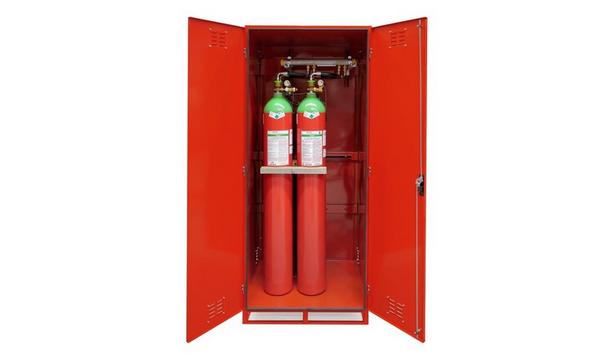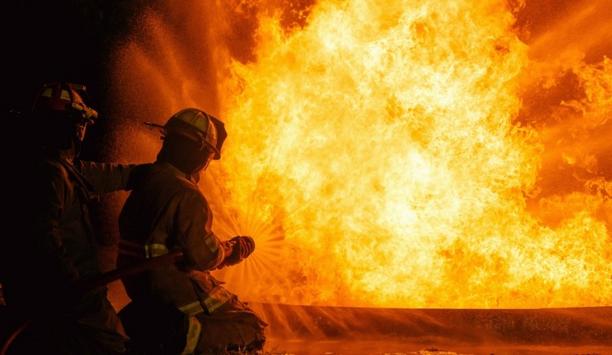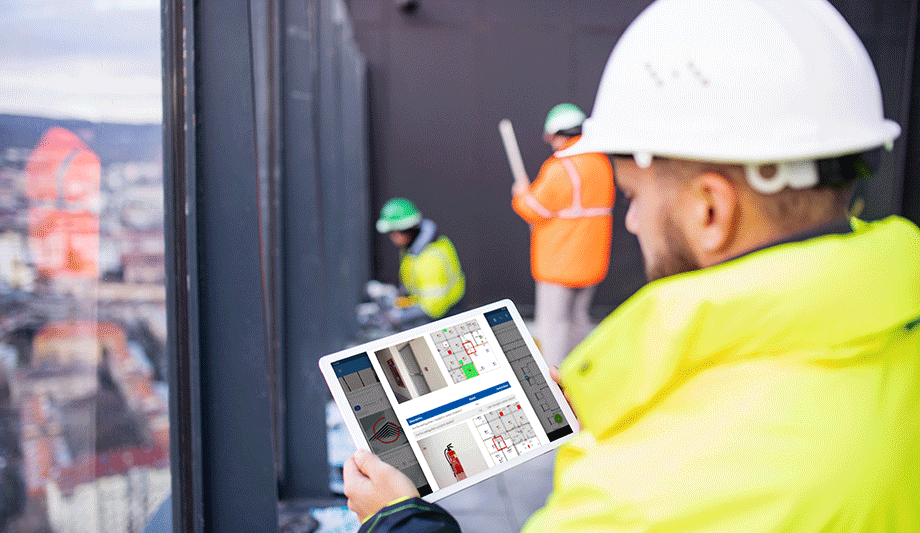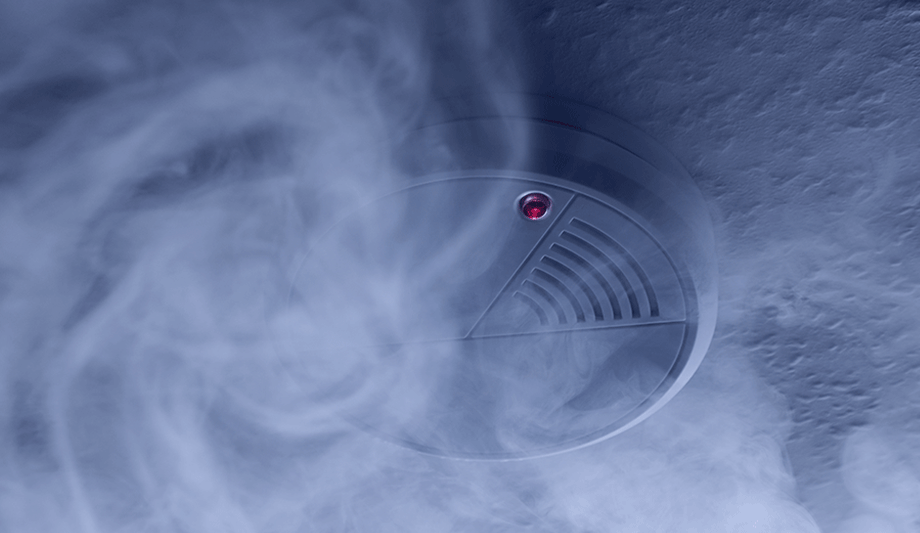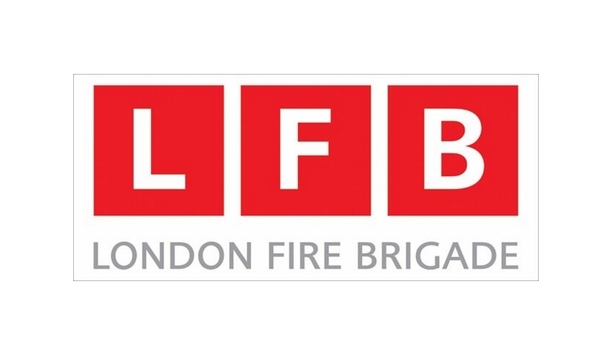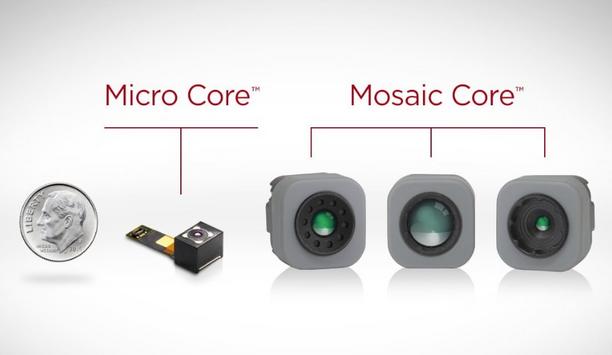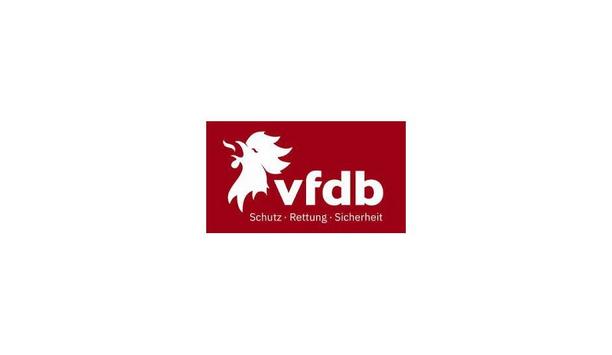Standpipe systems are installed in buildings to help firefighters deploy attack hose lines quickly and with adequate water pressure and volume. They may be designed for heavy-stream applications, first-aid fire appliances, or have features of both.
Understanding the differences and recognizing their designs can help you to plan your fire attack and protect lives and property.
Standpipe classifications
Standpipe systems are described by classes to indicate their fire protection performance.
Class I
These systems are designed for use by personnel trained and equipped with a 2-1/2" port threaded to the local fire department thread for heavy-stream applications.
Under current standards, they deliver 500 gallons per minute (gpm) for the first standpipe riser, and 250 gpm for each additional riser in a building. The flow provided must be 100 psi at the highest hose station outlet. Systems designed and installed before 1993 will typically only provide 65 psi at the highest outlet.
Class II
Under current standards, they deliver 100 gpm at 65 psi outlet pressure
These systems are designed for use as first-aid fire appliances by trained building occupants and may be used by firefighters for suppression or during mop-up.
Class II hose length and spacing can reach all spaces in the building. Under current standards, they deliver 100 gpm at 65 psi outlet pressure.
Class III
These systems are designed with the features of both Class I and II systems and are frequently equipped with a 2-1/2" outlet with a 1-1/2" reducer.
Types of standpipe systems
Standpipe systems can be defined by type as well as class. Generally, there are five types of standpipe systems.
- Automatic standpipe systems are designed to provide the needed pressure and water supply when the valve is opened.
- Automatic dry standpipes are not filled with water until needed in firefighting.
- Manual dry standpipe systems are not connected to a permanent water supply. The piping only contains water when the system is supplied through the fire department connection.
- Semi-automatic standpipe systems can provide the needed pressure and water supply after the activation of a control device or fire pump.
- Wet standpipes are filled with water and are always pressurized.

